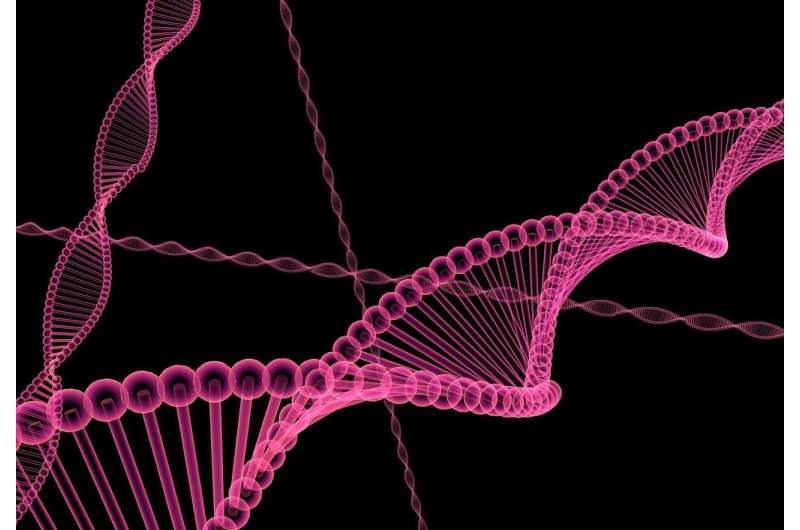There are around 20,000 protein-coding genes in humans that contain approximately 180,000 known internal exons. These protein-coding regions account for only one percent of the entire human genome. The vast majority of what remains is a mystery—aptly referred to as the “dark genome.”
“We’ve started to chip away at the dark genome by finding nearly one million previously unknown exons through a method called exon trapping,” said Timothy Hughes, principal investigator on the study and professor and chair of the department of molecular genetics in U of T’s Temerty Faculty of Medicine.
“The technique involves an assay with plasmids to find exons in DNA fragments of unknown composition,” said Hughes, who holds the Canada Research Chair in decoding gene regulation and the John W. Billes Chair of Medical Research at U of T. “While exon trapping is not widely used anymore, it proved to be effective when used in combination with high-throughput sequencing to scan the entire human genome.”
Exons are segments of the genome that can encode proteins to direct tissue development and biological processes within the body. They are considered to be autonomous if they don’t require external assistance to splice into a mature RNA transcript, which is then translated into a protein.

